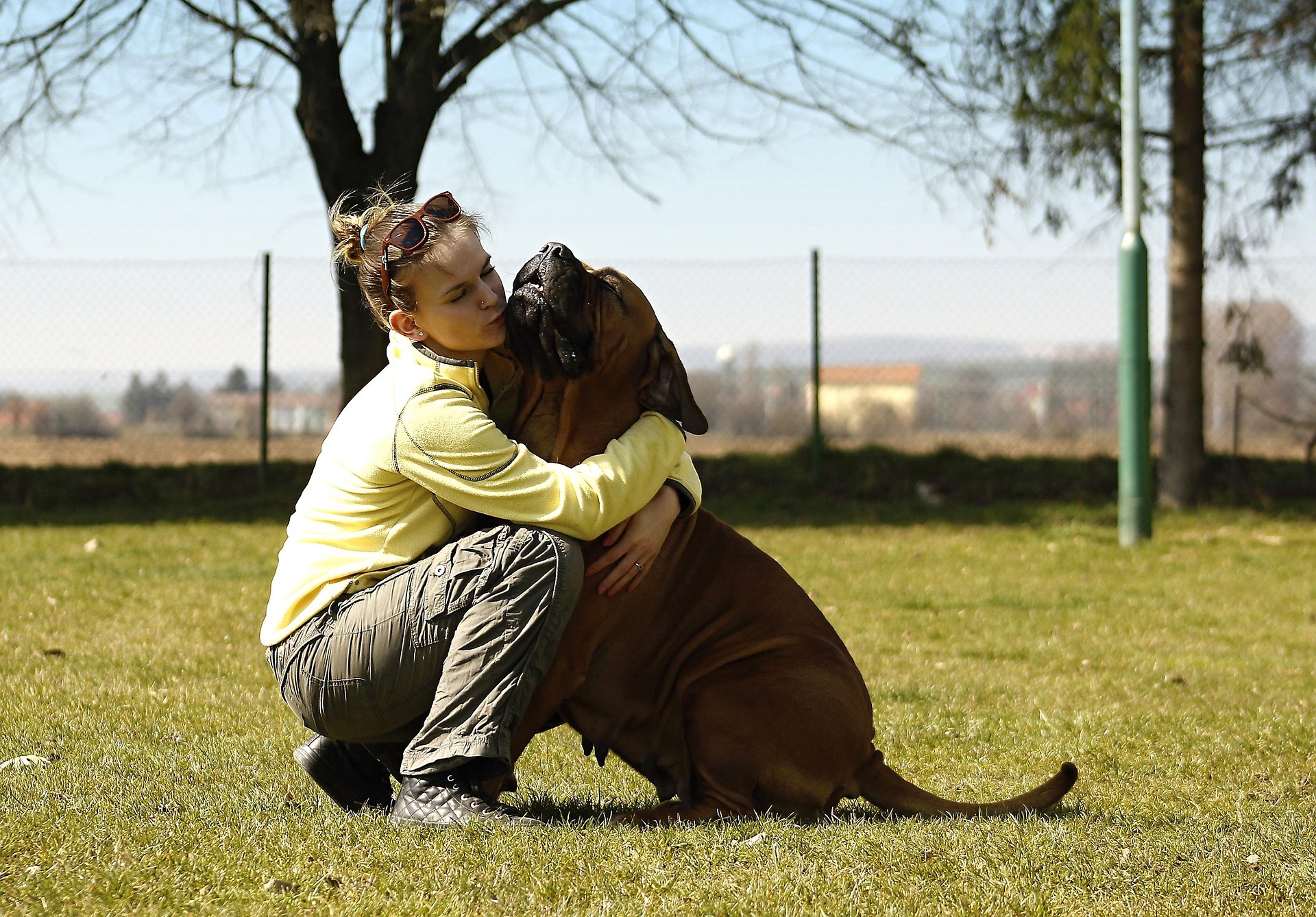Like us humans, dog teeth may occasionally be fractured, chipped, or cracked. Their teeth should be cared for like we care for ours. Regular dog dental care can help prevent other health problems.
Brushing your dog’s teeth and periodically lifting the lips to look around the teeth and gums are some good practices to do at home. Dog teeth are tough, but like ours they can break and depending on the severity, can be quite serious.
What is a Fractured Tooth?
A fractured tooth is one that is broken or cracked, like a fractured bone in humans. It can be caused by major or minor trauma to the face during playing or fighting, or by chewing on hard objects such as rocks, bones, sticks, wire fences, and cages.
Anatomy of a Dog’s Tooth
A dog’s tooth structure is made up of pulp, dentin, enamel, alveolar bone, periodontal ligaments, cementum, gingiva, and lateral canal.
Inside the dog’s tooth is the “pulp canal,” which goes to the root. A deep break can expose the pulp and provide an access point for bacteria to enter and can cause a systemic infection and abscess.
Signs and Symptoms of Fractured Teeth
Affected dogs will drool, shake their head, rub their face with their paws and/or stop eating, as well as be lethargic and irritable. They will generally exhibit a feeling of discomfort. They may have a swollen jaw and their gums may be noticeably swollen. In some cases, the tooth can “die,” and the normal white colour will turn into a grayish-brown.
Most Common Break
The most commonly fractured is the canine (fang) tooth, followed by the upper fourth molar, which is the largest in the back top of the dog’s mouth. Premolars and molars are most commonly fractured due to chewing objects while the canines and incisors are most commonly fractured due to trauma.
When to See Your Vet
Fractured and broken teeth need to be repaired or removed as quickly as possible. If you notice any of these signs being exhibited by your pooch, contact your veterinarian’s office immediately:
- Bad breath
- Change in eating or chewing habits
- Pawing at the face or mouth
- Excessive drooling
- Missing teeth or misaligned
- Discoloured, broken, or missing teeth
- Red, swollen, painful, or bleeding gums
- Tartar on the gum line
- Bumps or growths in the mouth
Treatment of a Fractured Tooth
Not all broken teeth require treatment. It depends on what part of the tooth is involved and the extent of the damage. Extraction may be necessary in the most severe cases to prevent infection, especially in geriatric dogs. If the pulp canal is not affected, you can talk to your veterinarian to see what they recommend regarding sharp edges of chipped teeth.
When the problem is a more complicated tooth fracture, involving the pulp, endodontic treatment is needed which may be a root canal or extraction. A root canal can save the tooth and is less invasive and traumatic for your dog. Again, speak to your veterinarian for recommendations before dog dental care is given, as well as to receive further instruction on their food before and after endodontic treatment.
Creative Commons Attribution: Permission is granted to repost this article in its entirety with credit to Hastings Veterinary Hospital and a clickable link back to this page.






